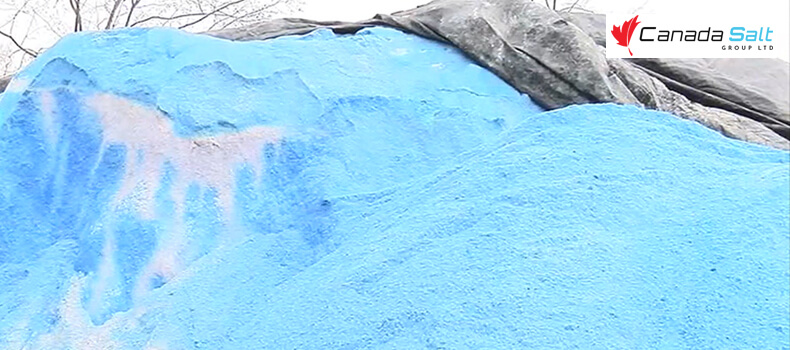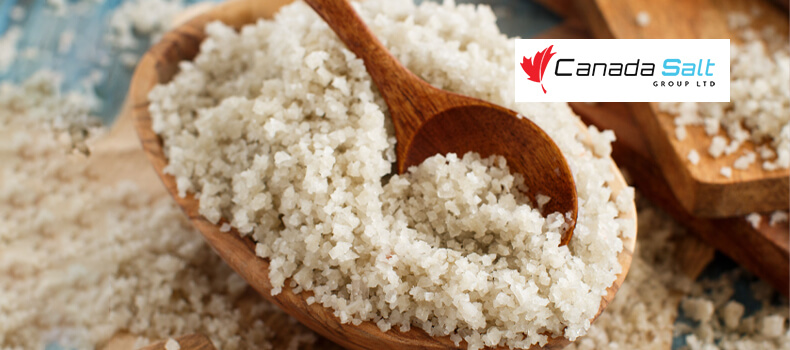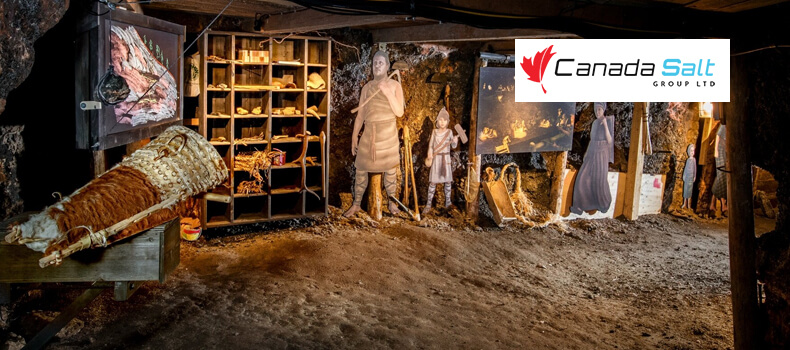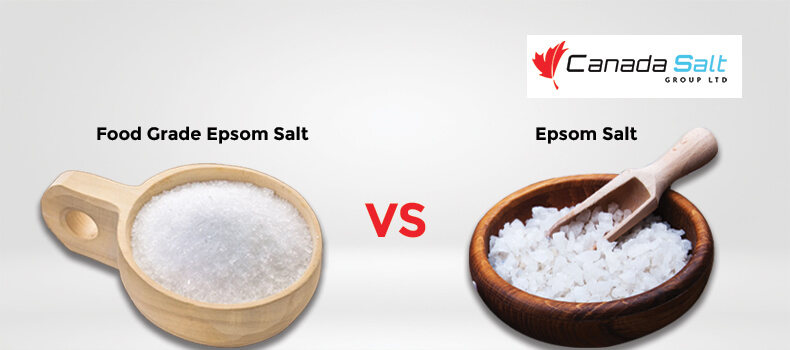Why Road Salt Is Blue?
With the winter season approaching, commercial space owners or normal house owners stock up road salt bags. The road salt is sprinkled on roads or pathways, or sidewalks to melt ice that might get accumulated.
What Is Road Salt?
Road salt is a naturally mined mineral with the chemical name as Sodium Chloride. Rock or road salt contains many impurities after mining, so it is gray or brownish in colour. Salt used for household purposes is purified, and many additives are added. Additives like sugar or sodium hexacyanoferrate are to prevent caking and make the delivery easy.
How Road Salt Works?
Road salt lowers the freezing point of water by breaking itself into ions. The ions make it difficult for the water to freeze and thereby to stop the formation of ice. A small amount of water is required for salt to work properly, so salt is added to water to form a brine solution. In winter conditions, it is common for the roads to be applied with the brine solution to reduce ice formation, and a little amount of salt is required for the process. Road salt may be mixed with dry or damp sand to aid the process, too.
Types of Salt Used As Deicers
Various forms of salt can be used as de-icers, and there are also pros and cons of each salt used. Some of the salts used are
1. Halite
Halite is the common rock salt mined form of sodium chloride. Halite is mostly used for clearing ice on roads, but the salt is harmful for vegetation and improves underground water’s salinity.
2. Potassium Chloride
Potassium Chloride is generally used as fertilizer for plants, but also sometimes used as a deicer. Although this salt does not harm the plants, a high concentration can be harmful at times. The chemical improves the vegetation on roads, and animals are attracted to the lush plants, creating traffic hazards.
3. Calcium Magnesium Acetate
Calcium Magnesium Acetate is the safest salt known till now as it is biodegradable. The salt is less corrosive and also does not harm vegetation or wildlife. The main drawback is that this chemical is expensive, so it is impossible to use it daily.
Why Is Road Salt Blue?
Normal Road salt is white or gray, and it isn’t easy to recognize if the road is salted or not. So most of the municipalities are using coloured or blue road salt to make it easier for the residents to identify if salt is applied or not. Blue colour has more visibility than other colours, so this colour is preferred, and there have been fewer complaints from residents thinking that their roads haven’t been salted.
Not only do coloured salts reduce the complaints and visibility, but they also absorb more sunlight, making snow and ice removal easier. Less salt can be used to melt more ice or snow. Truck drivers also say that it is easy to recognize the areas that have been salted and move to other areas that are not yet salted.
Conclusion
You got to be ready for snow and ice that might get accumulated on walkways, parking lots, and sideways in this winter season. Road salt is the most preferred deicer that is used to remove snow and ice from your place. Canada Salt Group Ltd is the most reliable and trusted supplier of bulk road salt all over Ontario. Contact us for a free estimate.





